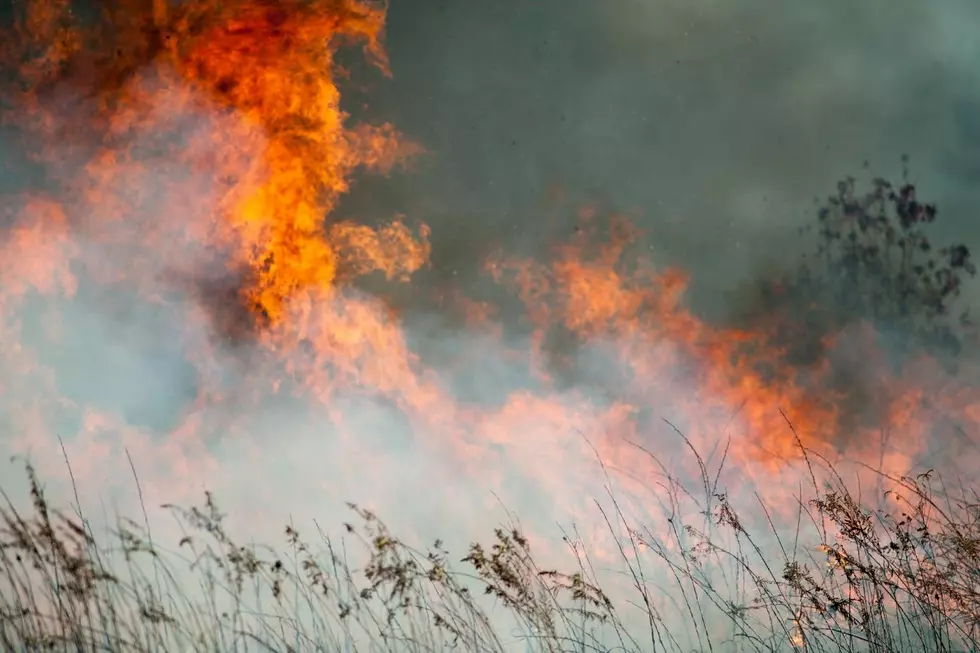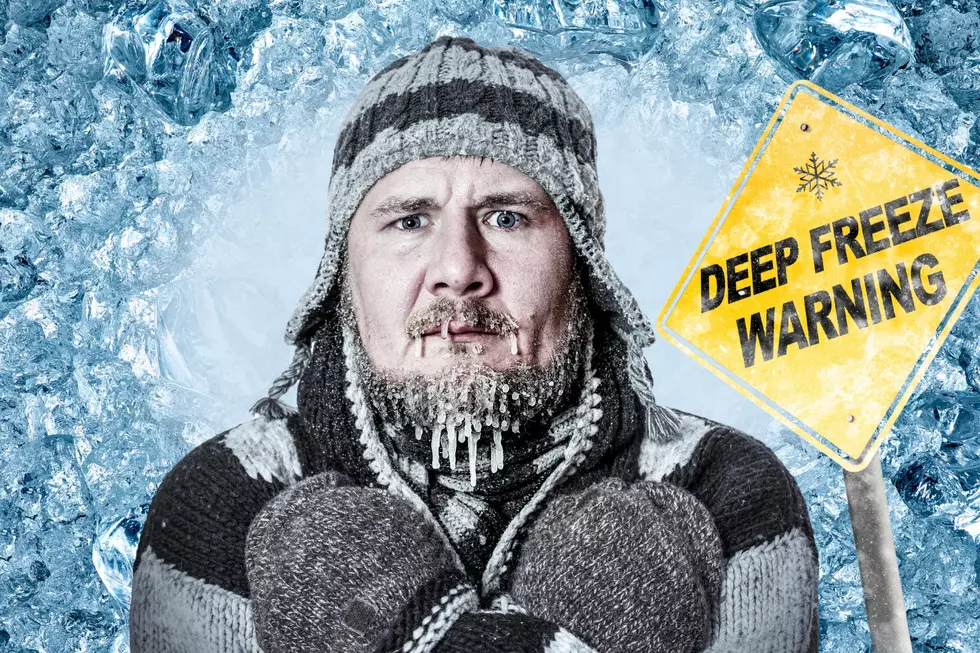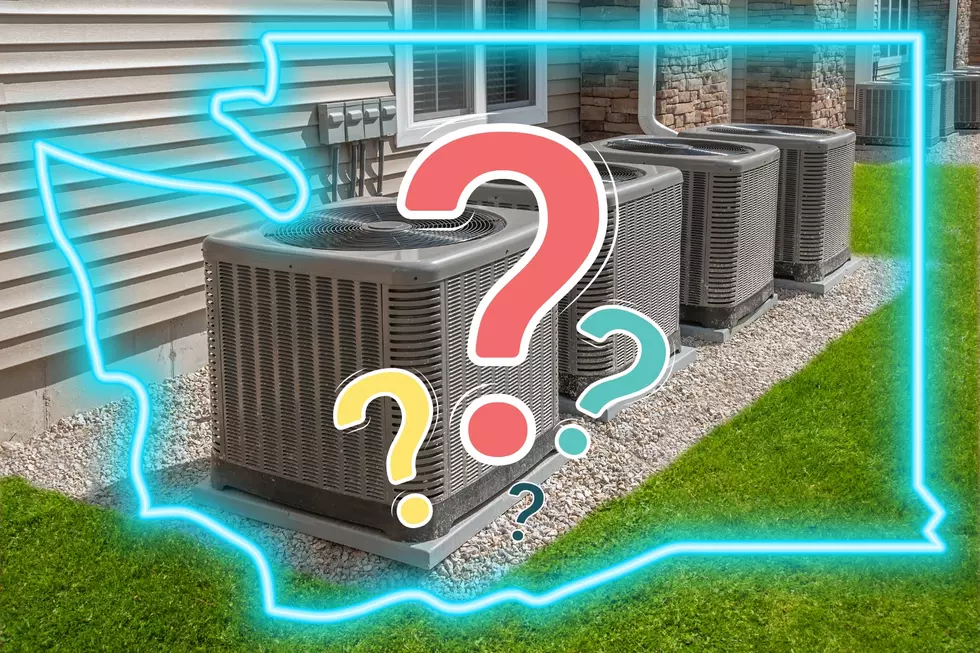
Windy Weekend Ahead for Washington Raises Dangerous Fire Concern
Windy days are nothing new to Washington. Get set for another windy weekend.

However, a Fire Weather Watch remains in effect through Saturday night. Northeast winds are predicted at 15-20 miles per hour, with gusts of up to 30 mph at times. High winds with dry conditions could cause greater fire weather behavior. Existing fires can spread faster and more easily.
According to a release from the Washington State Department of Natural Resources:
The Washington State Department of Natural Resources (DNR) is expecting an east wind event over the weekend that, paired with already-critical fire weather conditions, could result in severe wildfire activity across the state – including west of the Cascades.
“This weekend’s weather conditions hearken to the east wind event that contributed to the unpredictable fire behavior and rapid spread of the 2020 Labor Day weekend firestorm,” Commissioner of Public Lands Hilary Franz said. “Windy conditions amplify wildfire starts and make fighting those ignitions challenging.”
Temperatures in the upper 80s and low 90s are likely for Friday and Saturday along the west slopes of the Cascades, the Columbia River Gorge, the Olympics, and in the Puget Lowlands from King County southward. Usually, marine influence prevents most west-side fires from being able to grow rapidly by keeping fuels like grass and moss damp enough to blunt fire spread. But, the spiking temperatures and gusting easterly winds dry out those fuels, allowing for the sort of spread normally seen east of the Cascades. “It’s important to remember that we’re all in this together,” Franz said. “Practicing good prevention habits keeps our skies clear and our firefighters safe.”
Franz also tweeted some tips:
LOOK: The most extreme temperatures in the history of every state
KEEP READING: What to do after a tornado strikes
KEEP READING: Get answers to 51 of the most frequently asked weather questions...
More From 102.7 KORD









